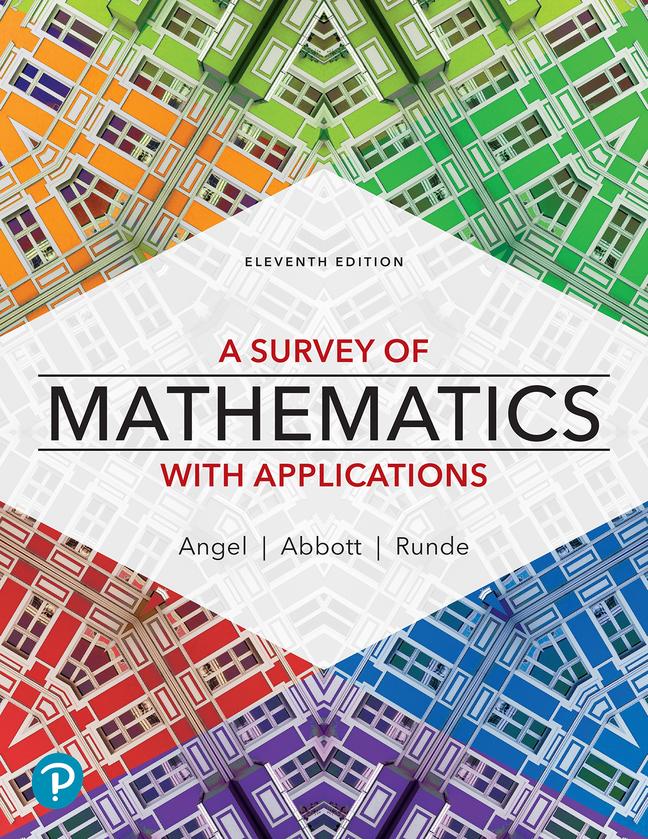Question
1: A letter is selected at random from the English (Roman) alphabet (that is, all possible letters are equally likely to be chosen). Note that
1:
A letter is selected at random from the English (Roman) alphabet (that is, all possible letters are equally likely to be chosen). Note that vowels are the letters "a", "e", "i", "o", "u". Find the probability that
the letter is a consonant,
the letter is a vowel,
the letter occurs in the last 12 positions of the alphabet (given the conventional/"alphabetical" ordering of the letters),
the letter is a consonant given that it falls (strickly) between the two vowels "a" and "i" in the conventional ordering.
2:
Two letters are drawn at random from the alphabet, and the first is replaced before the second is drawn. Describe the sample space for this experiment? Find the probability that the first letter drawn precedes the second letter in the conventional ordering of the alphabet (for example, any of the letters "a" through "f" precede the letter "g"). If the first letter is not replaced before the second is drawn, so that the two letters must be different, find the sample space and determine the probability that the first letter precedes the second letter in the conventional ordering of the alphabet.
3:
Prof. Smith writes an R function to generate random numbers uniformly (independently and with the same probability of drawing each number) on the integers 0, 1,..., 9. Callie, a student in Prof. Smith's class, uses this function to generate three random numbers and obtains all 3s: 3 3 3. Assuming Prof. Smith's R function is working properly, what is the probability of Callie observing all 3s? (Calculate this probability analytically, i.e., not using simulation.) Callie concludes that since observing all 3s is so unlikely, Prof. Smith must have a bug in his code. Is her conclusion appropriate? Why or why not?
Step by Step Solution
There are 3 Steps involved in it
Step: 1

Get Instant Access to Expert-Tailored Solutions
See step-by-step solutions with expert insights and AI powered tools for academic success
Step: 2

Step: 3

Ace Your Homework with AI
Get the answers you need in no time with our AI-driven, step-by-step assistance
Get Started


